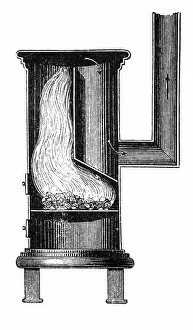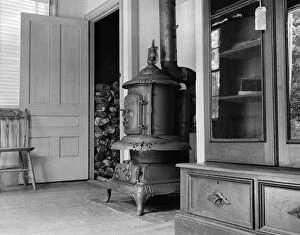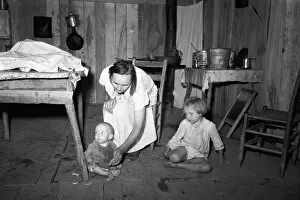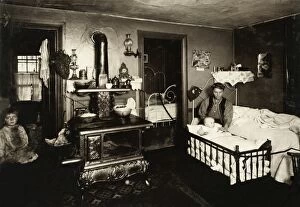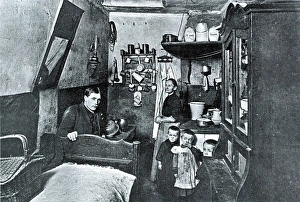Wood Burning Stove Collection
"The Wood Burning Stove: A Timeless Symbol of Warmth and Necessity" In the midst of a rapidly changing world
All Professionally Made to Order for Quick Shipping
"The Wood Burning Stove: A Timeless Symbol of Warmth and Necessity" In the midst of a rapidly changing world, the wood burning stove stands as an enduring symbol of warmth and necessity. Dating back to the mid-19th century, this humble appliance has played a vital role in countless households across different continents. One can imagine The Early Scholar, c. 1865, painted by Eastman Johnson, where families gathered around their wood burning stoves for comfort and enlightenment while reading Bleak House by Charles Dickens. Even in faraway South America, Brazil's Amazonas region witnessed the Fogao Lenha Fundimig iron stove providing sustenance to its inhabitants. Traveling further into Brazil's Goias region, we encounter Cidade de Goias with its traditional copper pots being stirred over crackling flames - a testament to both culture and practicality. Our Mutual Friend by Charles Dickens reminds us that even literature recognized the significance of these stoves during times of hardship. Indeed, poverty was no stranger to lean-to kitchens like that captured in 1936 when a twelve-year-old girl cooked for her family on such a stove. In 1913 HINE: HOME INDUSTRY photograph showcases how families relied on these stoves not only for warmth but also as tools for their livelihoods. Beyond domestic use lies industrial applications; section views reveal intricate furnaces powered by wood-burning mechanisms. From potbelly stoves warming homes at 203 Front Street in New York City to examination rooms in Maine doctors' offices equipped with them – they were omnipresent. Yet amidst all this functionality lies beauty too; Fannie Estabrook knitting at Hancock Shaker village near Pittsfield demonstrates how even Shaker women found solace beside their wood-burning companions. The wood burning stove remains an iconic fixture throughout history – bridging cultures and generations alike. Its presence continues to evoke feelings of warmth, resilience, and the simplicity of life's necessities.





